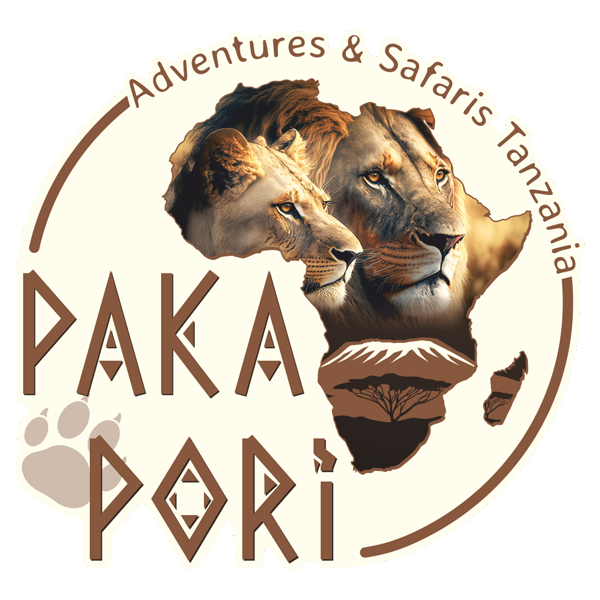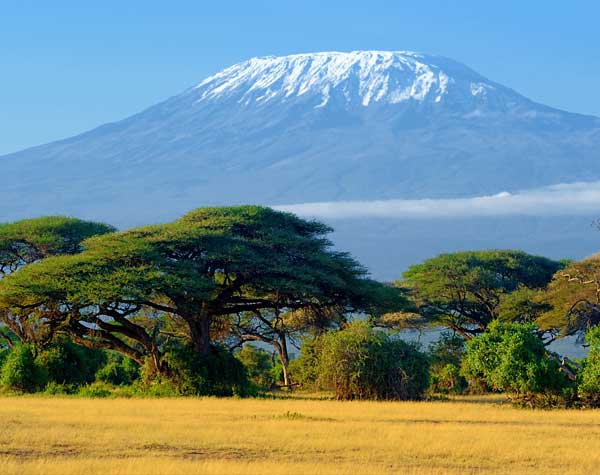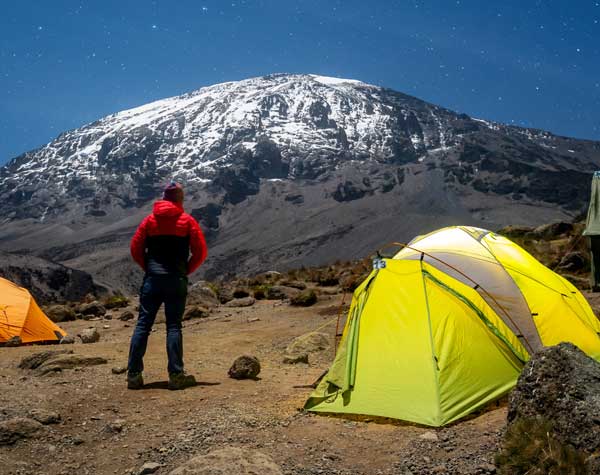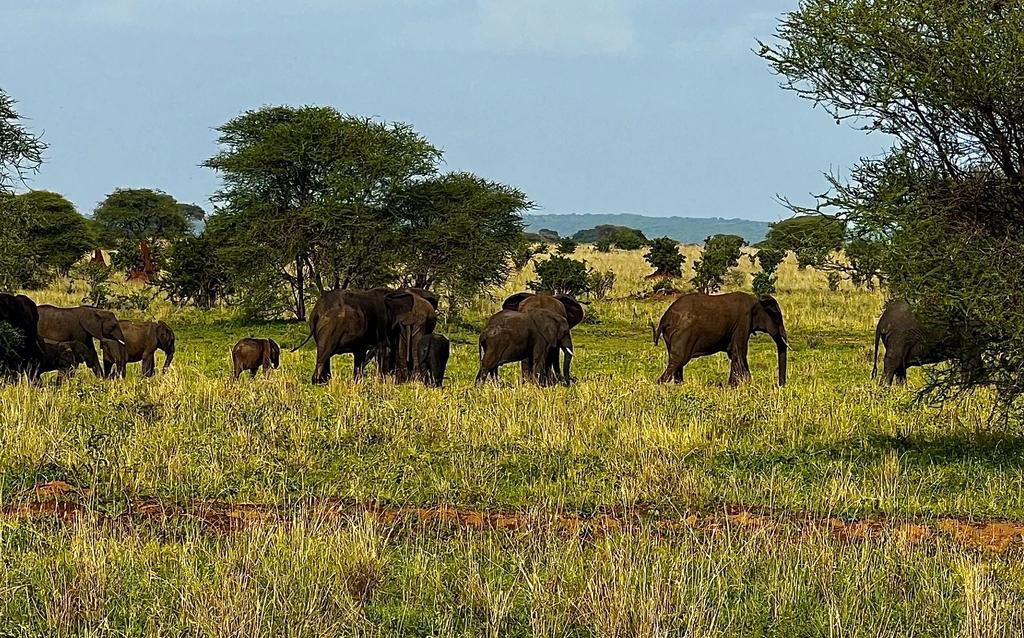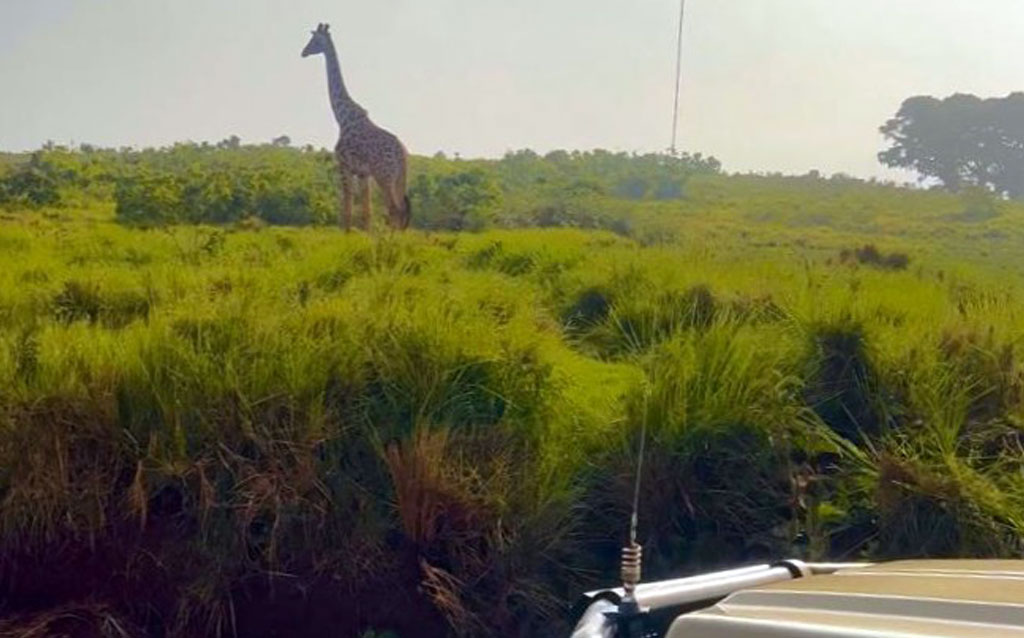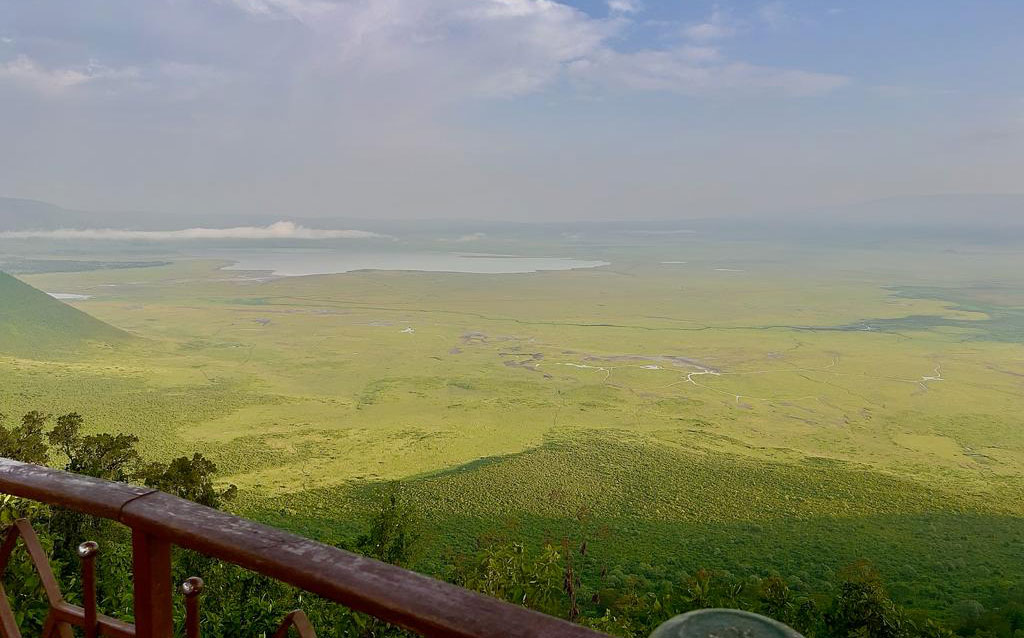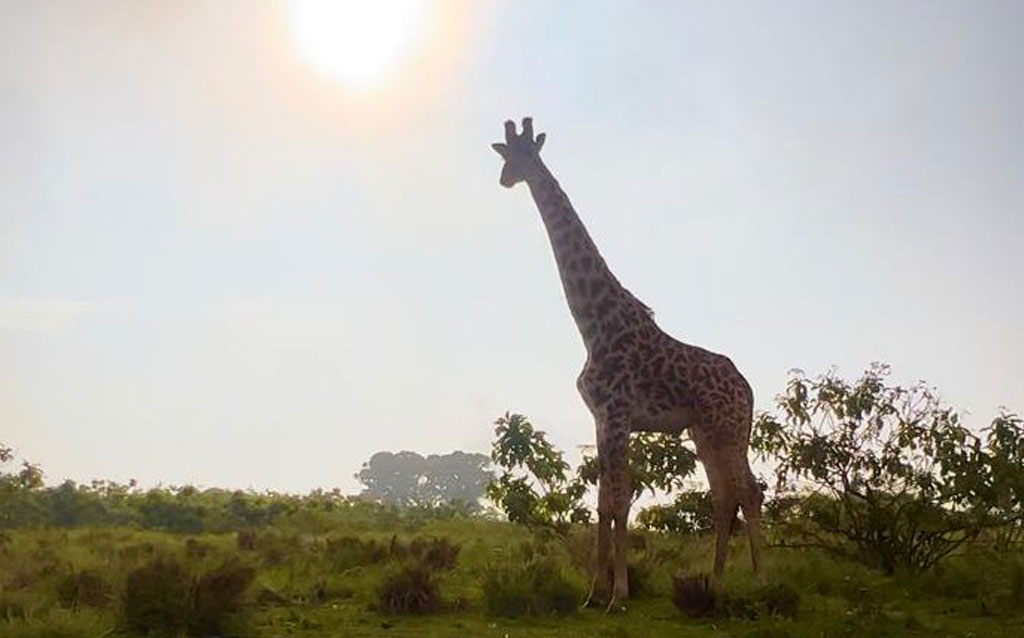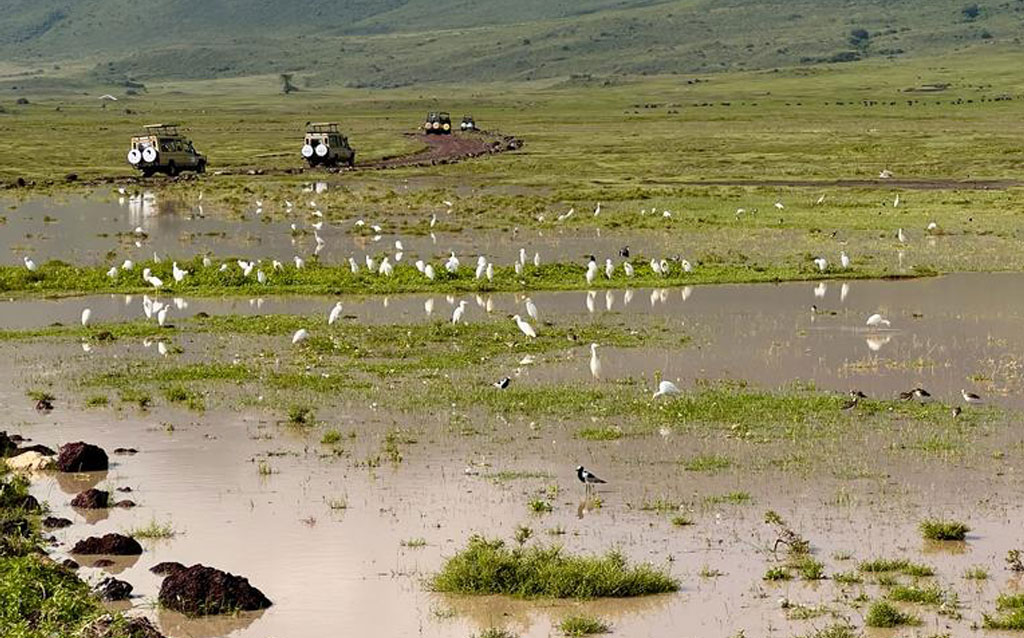
Kilimanjaro -Climbing
„The Roof of Africa“ – An adventure, that fulfills body and soul equally
Climbing Kilimanjaro is a unique travel experience that will take you to the limits of your physical endurance and to the majestic heights of Africa. Rising above the savannah of Tanzania, this impressive peak is the highest mountain on the African continent and a landmark for adventurers from around the world. Immerse yourself in the breathtaking beauty of African nature as you make your way to this superlative peak.
Join us on the way to the highest point of Africa, that is not only a summit experience, but also a journey that you will remember forever – a journey that will push you to your personal limits while strengthening your belief in your abilities. Get ready for this unforgettable adventure with PAKA PORI Adventures & Safaris Tanzania.
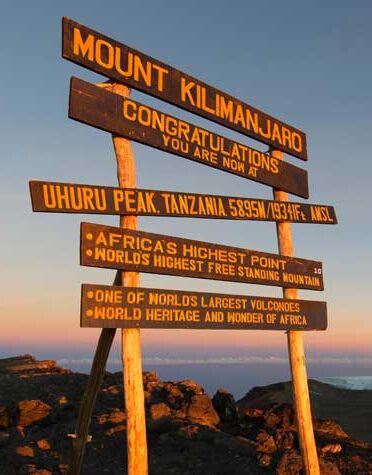
Kilimanjaro offers various routes, each offering different landscapes, difficulty levels and experiences. Here are some details about the most famous Kilimanjaro routes:
1. Marangu Route:
2. Machame route:
3. Lemosho Route:
4. Rongai Route:
5. Northern Circuit route:
6. Umbwe Route:
Each route has its own advantages and disadvantages, and the choice depends on your fitness level, experience and preferences.
Choose a route that suits your fitness level, needs and goals. Some routes offer longer acclimatization to increase the chances of success.
Our experienced team will advise you on preparing and choosing the route to plan a successful climb to Kilimanjaro.
Kilimanjaro is a crucial step in successfully completing the ambitious adventure and experiencing unforgettable moments on Africa’s highest peak. This journey requires not only physical fitness, but also mental strength and careful planning.
Start early (preferably 6 months before the start of your trip) with a targeted training program. Cardio exercise, such as walking, jogging and cycling, improves your endurance. Strength training for the leg muscles is also crucial.
With longer hikes and walks (preferably with a full backpack) you can increase your fitness and prepare for hiking at higher altitudes.
Prepare yourself for the mental challenges. Climbing Kilimanjaro requires determination, a positive spirit and strong will. It is well known that the body can compensate for many things through mental strength.
Consult a doctor before your trip to ensure you are healthy enough to face the challenges of the climb. Also discuss whether you may be taking your medication.
In order to be well equipped for your Kilimanjaro adventure, you need to bring some essential equipment with you. We have already put together a comprehensive Kilimanjaro packing list for this: – Packing list as a link? (Document)
Along the routes to the summit of Kilimanjaro you hike through five main climate zones:
1. Tropical rainforest (0 – 1,800 meters):
At the foot of Kilimanjaro lies the tropical rainforest (Machame and Marangu route). This area is characterized by lush vegetation, high rainfall and warm temperatures. Here you will find dense forests and a variety of animal and plant species.
2. Wet Forest (1,800 – 2,800 meters): In this zone, the rainforest gradually becomes less dense and there is a mix of forests and open areas. The temperatures are pleasantly warm.
3. Heath and moorland (2,800 – 4,000 meters):
At this altitude the vegetation becomes lower and sparser. The landscape resembles heath and moorland with herbaceous plants. Temperatures are cooler and rainfall is decreasing.
4. Semi-desert (4,000 – 5,000 meters):
The vegetation becomes even more sparse and the landscape resembles a semi-desert. The conditions here are quite inhospitable, with cool temperatures and little rainfall.
5. Ice cap and glaciers (above 5,000 meters):
Finally you reach the ice cap and glacier zone at the summit of Kilimanjaro. Conditions here are extreme, with freezing cold and strong winds.
So you have to expect all weather conditions during the climb and be well prepared.
Tip:
All guides, cooks and porters receive a salary, but it is common for them to also receive tips. Of course, it is up to you how much you want to tip.
Here are a few suggested guidelines:
* per guide (mountain guide) – 15-18 US$ / day
* per Assistant Guide – 10-13 US$ / day
* per cook – US$10-13 / day
* per waiter – 6-8 US$ / day
* per porter – US$4-6/day
To register in the national park you need your passport number. All you need to do is take a photo and either forward it to your guide or enter the number yourself at the entrance to the Kilimanjaro National Park.
